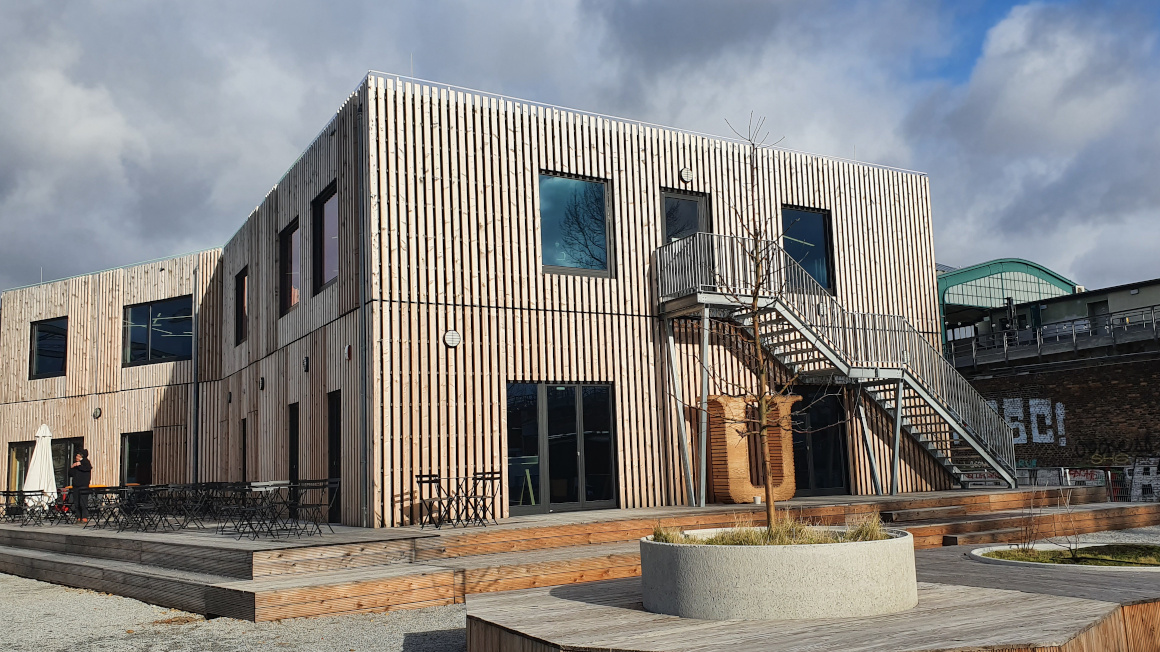Wooden buildings have enormous potential as carbon stores
Multi-story houses made of wood could save more than 100 billion tons of greenhouse gases in cities by 2100, according to a study by the Potsdam Institute for Climate Impact Research.

Wood as a building material has a significantly smaller ecological footprint than conventional materials and is therefore becoming increasingly important. Compared to houses made of steel and concrete, trees store CO2 emissions. Particularly in view of a growing world population, wooden houses in cities could make an important contribution to climate protection, as a study by the Potsdam Institute for Climate Impact Research (PIK) shows.
"Our study shows that wooden houses in cities could play an important role in mitigating climate change due to their long-term carbon storage potential," says Abhijeet Mishra, a scientist at the Potsdam Institute for Climate Impact Research (PIK) and lead author of the study. Using the open-source computer simulation MAgPIE for global land use, the researchers had examined four different scenarios - including one with conventional building materials such as cement and steel and three with additional wood demand to regular wood demand. The team was also interested in how additional high demand for wood building materials could be realized, where the building material would come from, and what the consequences might be for direct and indirect carbon emissions from land use.
Wooden multi-story buildings could avoid 100 billion tons of CO2
"Our scenario analysis shows that enough wood for new multi-story houses can be produced in the city without major impacts on food production," explains PIK scientist Florian Humpenöder and co-author of the study. The researchers are talking about apartment buildings with four to twelve floors in which the urban population could live. As the team reports in the journal Nature Communications, more than 100 billion tons of additional CO2 emissions could be saved by the year 2100. In this way, according to Mishra, wooden cities would become a unique long-term carbon sink.
Establish timber plantations on deforested land
But where will the wood come from? The cultivation of wood must not contribute to competition for the already scarce resource of land. According to the researchers, the building material could be sourced both from natural forests and from so-called timber plantations. "The majority of the required timber plantations - we're talking about around 140 million hectares - are planted on deforested areas and therefore do not come at the expense of agricultural land," explains Humpenöder.
Political governance and careful planning required
The researchers point out that biodiversity protection cannot be ignored either. Therefore, no deforestation should be allowed in pristine forests and biodiversity conservation areas, they say. "To limit the negative impacts on biodiversity and ensure a sustainable transition to timber towns, strong political governance and careful planning are needed," says Abhijeet Mishra.
bb


